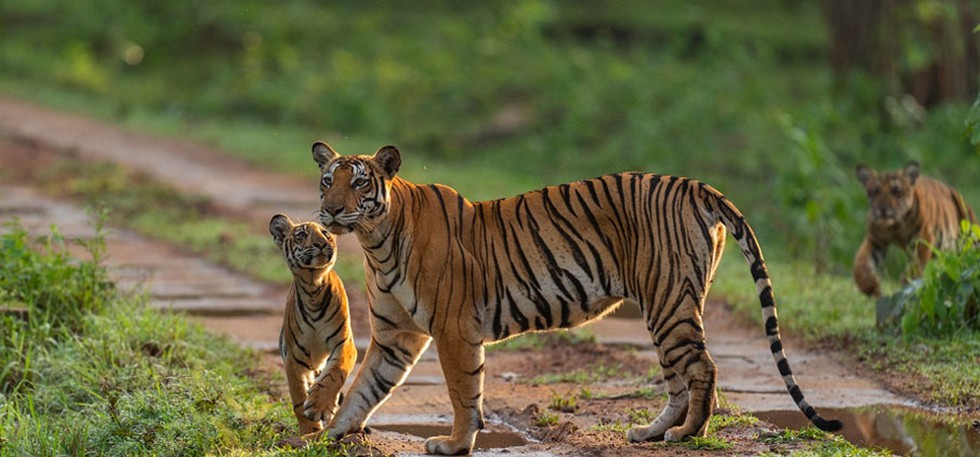About Nagarhole Tiger Reserve:
- It is situated in the districts of Mysore and Kodagu in Karnataka.
- It is located at the tri-junction area of the States of Karnataka, Tamil Nadu and Kerala.
- Geographically, it is an “ecological confluence” of the Western and Eastern Ghats.
- The reserve is named after a small river, ‘Nagarahole’ (literally a snake stream in Kannada), which meanders within the habitat before joining the river Kabini.
- It is part of the larger Nilgiri Biosphere Reserve, which is recognized as a UNESCO World Heritage Site.
- It is flanked by the Bandipur Tiger Reserve on its southeastern side and the Wayanad Wildlife Sanctuary of Kerala on the southwest.
- Rivers: It is surrounded by the River Kabini in its north and River Moyar in its south.
- Vegetation:
- The dry eastern limits of the reserve has dry deciduous forests.
- Towards the west, with the increase in rainfall, the vegetation changes to tropical moist and semi-evergreen forests.
- The forests are interspersed with swampy fallows called ‘hadlu’, which are dominated by grasses and sedges, favoured by wild herbivores.
- Flora:
- It includes rosewood, Indian kino tree, sandalwood, Indian laurel, clumping bamboo, giant clumping bamboo, etc.
- Fauna:
- It is a shelter for the largest population of wild Asian elephants in South Asia.
- It comprises other mammals such as Bengal tiger, gaur, sloth bear, golden jackal, dhole, four-horned antelope, etc.
